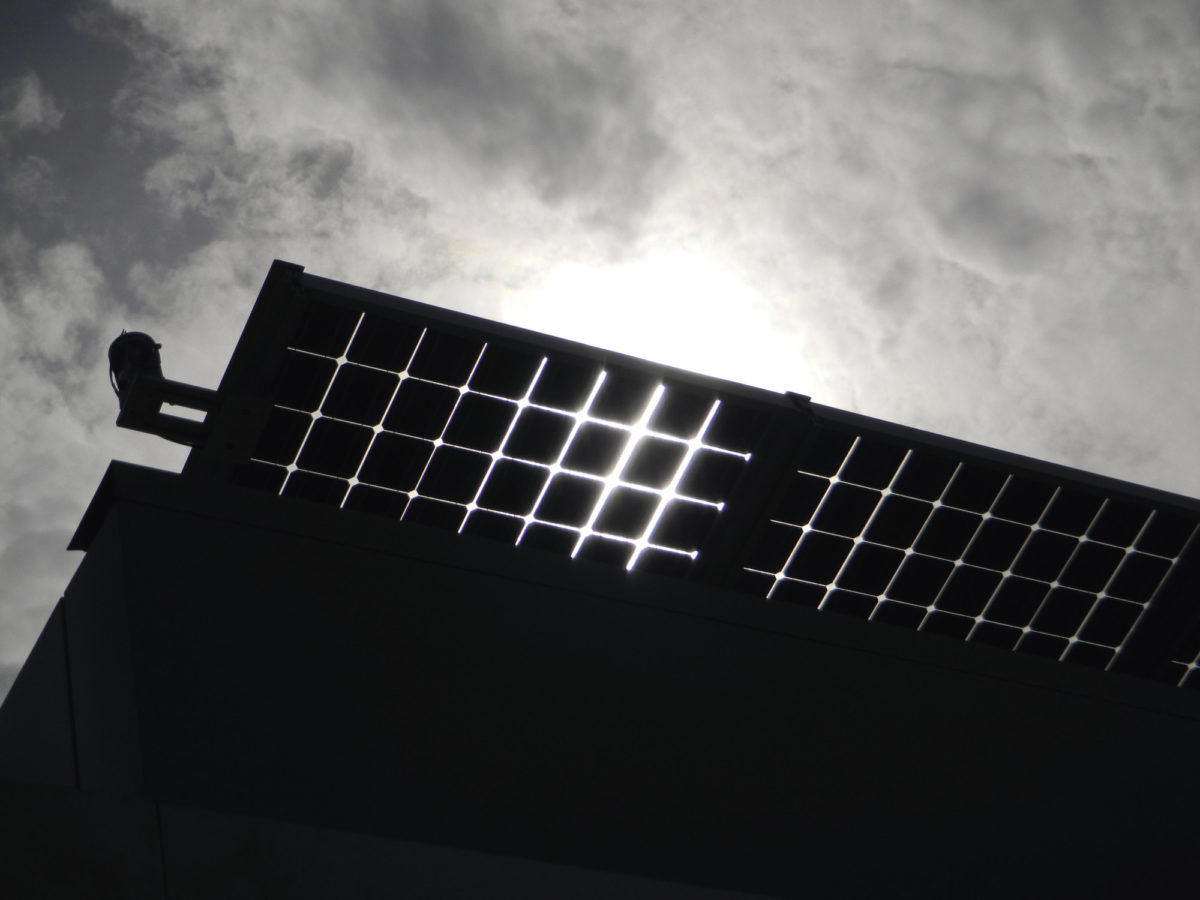Striking the right balance between the front and rear side of a solar module, to maximize power yield, is no small feat. The sheer mass of parameters that go into the calculation can be mesmerizing. Starting with ground albedo – which changes over the course of a year – and extending to ambient and module temperature and diffuse light conditions, the list goes on.
Klaus Hofmeister, product manager for Europe at Trina Solar; and Kyumin Lee, engineering manager at CFV Solar Laboratories, shared their insights during a pv magazine webinar. With much left to talk about, our experts took the time to answer another batch of questions from the audience.
Are the new algorithms supposed to be installed on trackers available in the market or only Trina trackers?
Klaus Hofmeister
The optimized tracking algorithm will only be available with Nclave trackers provided by Trina Solar.
Reflected radiation depends on the type of ground and its geometry, which is irregular. How is it possible to keep in consideration all these variables in an algorithm for each site? Wouldn’t it be easier to use sun direction sensors to measure the radiation on the rear side and control the tracking?
Hofmeister
The algorithms use sensors on the front as well as on the rear side to control the tracking but even then it is difficult to really anticipate all operating states of a single tracker. In order to optimize output even further, the tracker-to-tracker dependency is also considered, as well as different mounting heights of the trackers. That certainly adds complexity to the system and requires a variety of input parameters.
One-year albedo measurement could be a long time for a PV plant project. Is there any approach to estimate one-year albedo based on a short time measurement?
Hofmeister
Determining the albedo does not require a one-year cycle. Anyhow, it is very difficult to determine the albedo of a surface because it might change with the seasons; for example, grass will grow higher or maybe in the winter season the grass is covered with snow. For simulation, I would expect that an annual average assumption for the albedo is the best approximation.
Kyumin Lee
There are efforts to correlate short-term, on-site measurements with satellite albedo data, with the hope being that you may ‘calibrate’ the satellite albedo data with short-term, on-site measurements and correctly capture the seasonal effects from the satellite data. This approach seems to work okay on uniform terrains such as desert, not when there is terrain variation within the satellite data ‘pixel’. In such cases, the approach would be to start with a ballpark figure from the satellite data and then adjust it as the project progresses and the on-site measurement data becomes available.
Popular content
Could you explain how is it possible to calculate maximum and minimum voltages for bifacial modules? In other words, temperature vs. voltage?
Hofmeister
The calculation of the voltage isn’t much different from a monofacial module. Bifaciality does not mean that the voltage will increase; it is mainly current, which follows the front and rear side irradiance. A bifacial cell still only has one p/n junction.
Lee
The PV modeling software includes the thermal model calculation, the incident irradiance on both sides of the PV module. So the higher temperature due to the rear side irradiance is already accounted for in the modeling calculations.
Is there a guideline on how to treat temperature losses and thermal dissipation factors in PVsyst for bifacial modules?
Hofmeister
Currently there is no difference in the settings between monofacial and bifacial.
Lee
For now, it is safe to assume an identical thermal model for bifacial and monofacial PV modules, although there are some reports of the glass-glass modules actually operating at lower temperatures than monofacial glass-polymer modules for the same incident irradiance. Over time I expect module manufacturers to provide guidelines for the thermal model coefficients (Uc and Uv in PVsyst), based on actual testing.
Could you please explain how active and reactive power measurement help improve tracking?
Hofmeister
In the current product development phase this is not yet implemented. At this point we won’t be able to provide further details on this topic.
This content is protected by copyright and may not be reused. If you want to cooperate with us and would like to reuse some of our content, please contact: editors@pv-magazine.com.



By submitting this form you agree to pv magazine using your data for the purposes of publishing your comment.
Your personal data will only be disclosed or otherwise transmitted to third parties for the purposes of spam filtering or if this is necessary for technical maintenance of the website. Any other transfer to third parties will not take place unless this is justified on the basis of applicable data protection regulations or if pv magazine is legally obliged to do so.
You may revoke this consent at any time with effect for the future, in which case your personal data will be deleted immediately. Otherwise, your data will be deleted if pv magazine has processed your request or the purpose of data storage is fulfilled.
Further information on data privacy can be found in our Data Protection Policy.